Alstroemeria Inca Bandit Tissue Culture
$9.33
Alstroemeria Inca Bandit plant is a very popular specimen in the Museo Nacional de Arte Natural in Buenos Aires. This particular plant is indigenous to the Andes and grows primarily on the slopes of the high Andes.
Out of stock
SKU: ALIINC104105105T
Category: Tissue culture
Alstroemeria Inca Bandit Uses and Health Benefits:-
- Alstroemeria Inca Bandit had a complex plan to take care of their plants. They used what they could find along the sides of the mountains to build temporary huts for harvesting. When the rains came, they would have these temporary huts repaired and turned into permanent houses. Then, the Inca would use the plants growing in these temporary huts to help them grow food.
- The plant was named after an Alstroemeria Inca leader who was involved in one of the first documented Inca expeditions. In his book, “The Inca Trail,” he describes the plant as being about two meters tall, was covered with long hair, and was red, green, and covered with a fine powder.
- The scientific name of this plant is Alstroemeria banditiana. It is a large plant and blooms from early to midsummer. You will find this plant in the Museo Nacional de Arte Natural in Buenos Aires and the Botanical Gardens of Buenos Aires.
- The flowers are white or yellow and have five stamens. The fruit also called a “pepper”, is found on a vine that reaches up to ten meters high and has several seeds. There is no hard evidence that the Inca was actually farming this plant.
- While there are many theories about its cultivation and origins, there have not been any scientific studies on the subject. Some believe that the Inca used the plants and then used the honey from the peppers for making intoxicants. The other theory is that the Incas grew the plants for the production of alcohol. However, the majority of scientists believe that it was a way to provide food for themselves and their warriors.
- The scientific name of the Alstroemeria Inca Bandit plant comes from the Greek words “alo” meaning “wine”miasma” which means “smoke”. While this does suggest that the plant is alcoholic, no real proof exists.
- Some people believe that the plant in the Museo Nacional de Arte Natural is related to a tree called Alstroemeria. A tree called “Alstroemeria acuta” grows at the base of the mountain and has a white flower. This may be the source of the Alstroemeria Inca Bandit plant.
- Other people believe that the plant in the Museo Nacional de Arte Natural and Alstroemeria cut are two different plants. The plant in the Museo Nacional de Arte Natural is a member of the Psidium genus, which also includes grapes and pomelo.
- Although some people believe that the Alstroemeria Inca Bandit plant is alcoholic, there is no proof that it was ever cultivated for that purpose. There is also no evidence that the Incas consumed the fruit of the plant.
- There is evidence that the Alstroemeria Inca Bandit plant is a vine that is found growing at the foot of the Santa Lucia Mountain. In a book written by Juan Diego Sicilia, he states that the vine can grow to more than 30 meters high and produce fruit as big as a bushel. In one article in an Argentine newspaper, Sicilia states that the plant is so big that it is used to make wine.
- Because of the small amount of information about this plant, it is difficult to determine the history of the fruit. Although it looks similar to some grapes, there are no definite facts on whether it is a grape or a vine.
- There is also no record of the vine being planted in the Andes Mountains by the Inca. If you live in Argentina and have access to the Amazonian rainforest, you should take the time to check out the area for yourself.
Be the first to review “Alstroemeria Inca Bandit Tissue Culture” Cancel reply
Related products
Tissue culture
$9.33
Tissue culture
$7.74
Tissue culture
$6.87
Tissue culture
$8.82
Tissue culture
$6.87
Tissue culture
$9.33
Tissue culture
$9.33
Tissue culture
$9.33

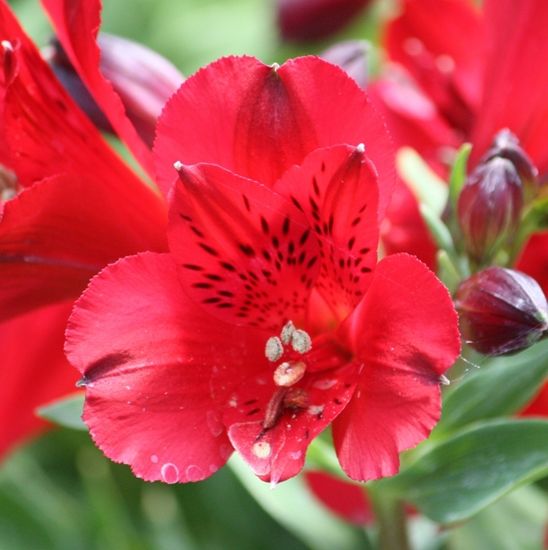


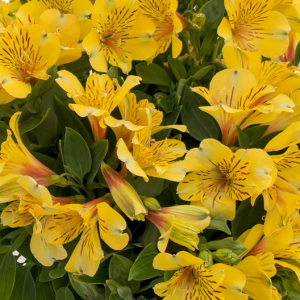
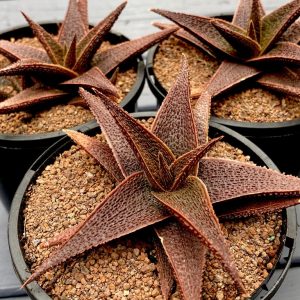
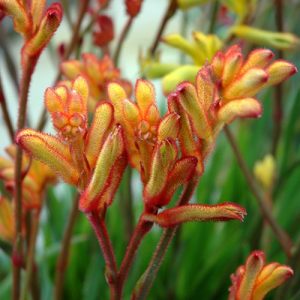
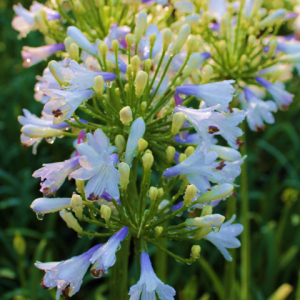
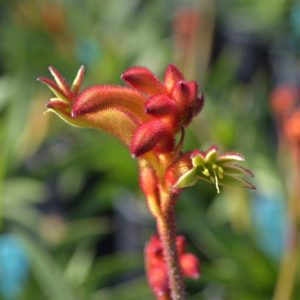
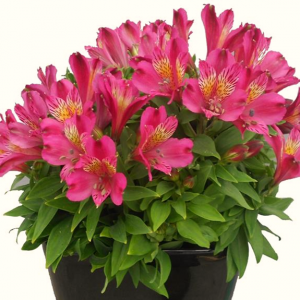
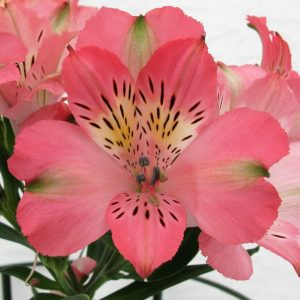
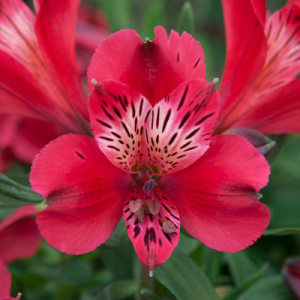
Reviews
There are no reviews yet.